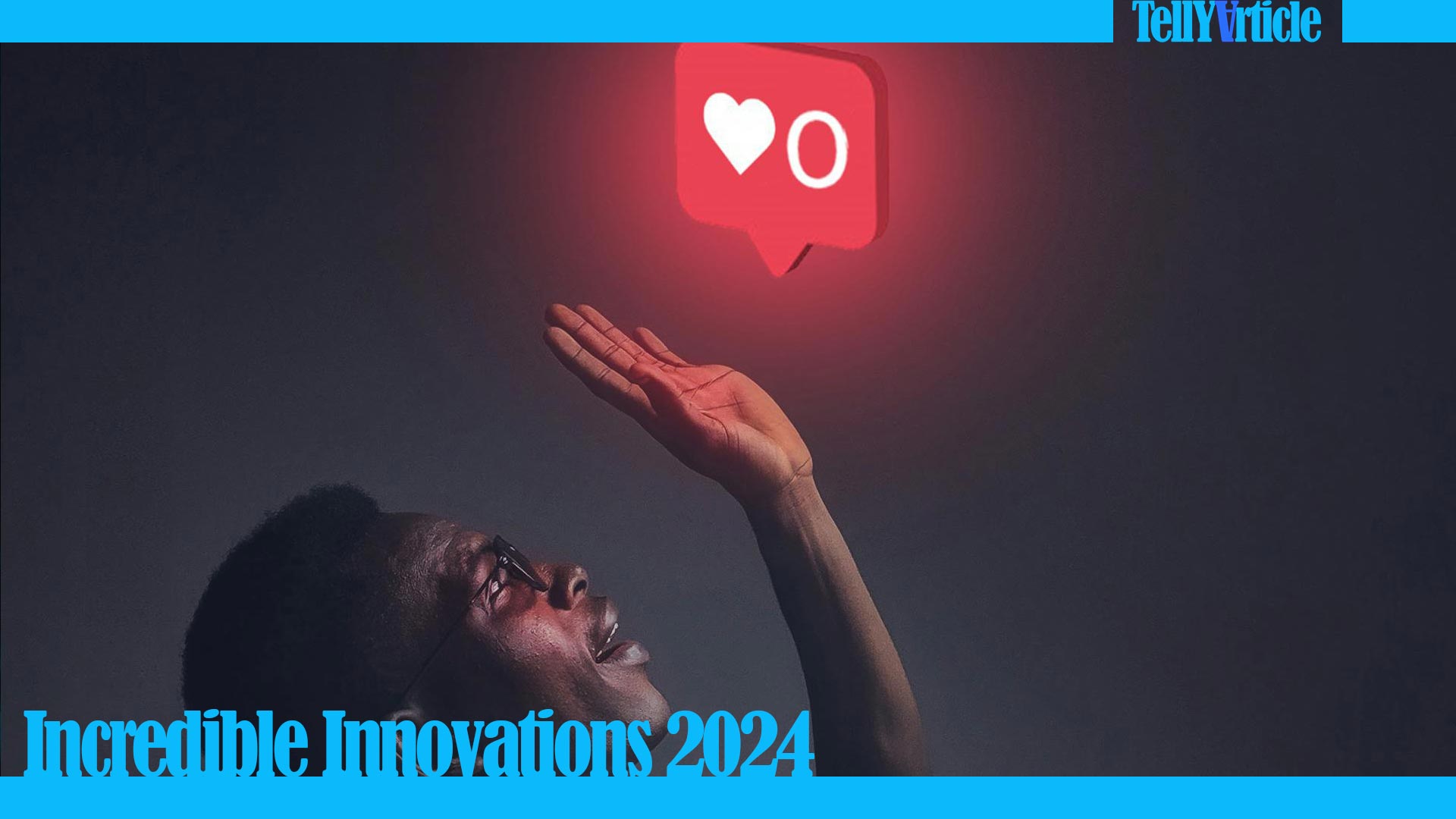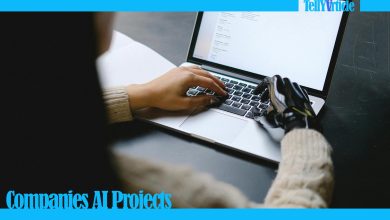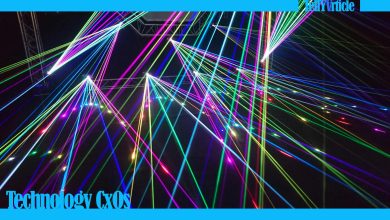
Generative AI is positioned as one of the most prominent technological trends for 2024, both due to its rapid development and widespread adoption in multiple business sectors. A prediction that has the support of different international analyst firms, and that has marked a good part of their presentations and technological events since mid-2023.
Along with generative artificial intelligence, other technological trends are in sight that will shape the business scene. These include sustainable technology, smart applications, and the growing momentum that No Code is gaining.
For all these reasons, if you are considering making investments in digital transformation to enhance productivity and competitiveness, promote sustainability and innovation in your company, or stay up to date with the latest developments in technology, we invite you to read this publication. A document that we update annually and that offers a comprehensive analysis of the strategic technology trends with the greatest impact in 2024.
List of Technological Trends 2024
1. Generative AI
Generative AI, also called Gen AI, has been one of the technologies that have garnered the most attention throughout 2023, both from the media and analyst firms, due to different reasons.
In particular, among the highlights are the release of the latest version of ChatGPT —GPT-4— and Bard, owned by Google. Other relevant news is related to the incorporation of new AI functionalities in social networks owned by Meta, as well as the emergence of new applications or improved versions that integrate generative AI for product design, video editing, audio creation, etc. To this, we must add the approval of the new EU Artificial Intelligence Law, designed to address the possible risks derived from the massive use of this technology.
Given this scenario, it is worth asking ourselves what developments can we anticipate for this technological trend in 2024. As explained by the analyst firm International Data Corporation in its report IDC FutureScape: Worldwide Artificial Intelligence and Automation 2024 Top 10 Predictions, “Generative AI takes center stage” and will constitute an external critical driver that will shape global IT and business planning“. So much so that, “33% of G2000 companies will use innovative business models to double their generative AI monetization potential”.
On the other hand, the report prepared by IDC highlights outstanding predictions for 2025:
- Two-thirds of companies will take advantage of a combination of generative AI and RAG Retrieval Augmented Generation), to discover and access relevant and specific information for your domain of activity, without relying entirely on human interventions, improving decision-making effectiveness by 50%.
- The G2000 will allocate more than 40% of core IT spending to AI initiatives, leading to a double-digit increase in the rate of product and process innovation.
2. Sustainable technology
Technology is an essential ally for the fulfillment of the Sustainable Development Goals (SDGs), established within the 2030 Agenda. Some concrete examples of application are found in the generation of clean and affordable energy, through the construction of smart networks and cities; along with action measures against climate change, which highlight the creation of data centers and ecological power supply systems.
In this way, all those solutions that seek to preserve the principles of sustainability and minimize the environmental impact are part of what is known as sustainable or sustainable technology. Among the most notable options are:
I.A.: According to research published by the journal Nature, under the title The Role of Artificial Intelligence in Achieving the Sustainable Development Goals, AI can facilitate compliance with 79% of the SDGs, “generally through technological improvement, which can help overcome certain current limitations”. In this context, the modeling of possible impacts generated as a consequence of climate change represents an example of its multiple applications.
Automation: Technology Business Process Automation (BPA) plays an important role in promoting sustainable business practices and minimizing the environmental impact of business operations. As an example, it helps in monitoring and complying with environmental regulations by providing an accurate digital record of processes and activities, facilitating auditing, and demonstrating compliance.
It also improves supply chain visibility and management, allowing for more accurate planning and a reduction in associated inefficiencies such as excess inventory or product obsolescence.
Cloud computing: The use of cloud technologies is considered sustainable because it improves energy efficiency, reduces the need for on-premises infrastructure, optimizes resource consumption by enabling the execution of multiple applications and workloads on a single physical server, and promotes practices more efficient in software development.
However, it should be noted that cloud sustainability is intrinsically linked to the specific practices of providers and also to how organizations implement and use the services provided by this technology.
3. AI TRiSM
AI TRiSM, an acronym that symbolizes Trust, Risk, and Security Management in Artificial Intelligence —in English, Artificial intelligence (T)rust, (Ri)sk, and (S) security— once again occupies a prominent position in our technology trends special for the second consecutive year.
Introduced by Gartner in 2023, the TRiSM AI concept ensures that the implementation of artificial intelligence is ethical, fair, effective, secure, and with a special focus on risk management and building reliable and responsible AI models. To do this, it covers various dimensions such as:
- Reliability: AI models — programs trained from a set of data to perform specific tasks such as recognizing patterns, making decisions, or generating predictions—, must be built and operate safely and ethically. To this end, processes and controls will be established that ensure the precision and consistency of the results generated by said models.
- Equity: AI models must maintain impartiality, avoiding the introduction of discriminatory biases that could lead to iniquitous results. This is achieved by implementing practices that identify and mitigate biases in the data and algorithms used.
- Efficiency: To guarantee the effectiveness of AI models, it is necessary to establish quality and performance standards. This involves regular testing, continuous monitoring, and corrective action to support models in achieving their goals effectively.
- Security: Security involves protecting AI models and the data used in their training and execution against potential threats and vulnerabilities. To achieve this, security measures must be established to prevent unauthorized access and manipulation of data.
- Data protection: To ensure data protection in the context of AI, it is necessary to comply with privacy regulations, ensure anonymity when necessary, and take measures to safeguard the integrity and confidentiality of data.
- According to predictions made by Gartner, “for 2026, companies that apply TRiSM controls to AI applications will improve the accuracy of their decision making by eliminating 80% of incorrect and illegitimate information”.
4. Smart applications
AI techniques have undergone development in the field of computing with smart mobile phones, enabling devices to work intelligently. As stated in the Mobile Data Science and Intelligent Apps: Concepts, AI-Based Modeling, and Research Directions, among the highlighted techniques are methods of Machine Learning (ML) and Deep Learning (DL), Natural Language Processing (NLP), knowledge representation (organization and structuring of information for use by computer systems) and expert systems (AI applications that use knowledge representation to perform specialized tasks).
In general terms, these types of intelligent applications are characterized by:
- Proactivity: The most important feature of smart apps is that they can anticipate user decisions through predictive analysis.
- Inherent adaptability: They are easily updated according to the environment, providing satisfactory experiences to users.
- Personalized suggestions: They generate suggestions adapted to individual or personalized needs, facilitating informed decisions.
- Data-driven results: They extract information from various sources, such as online interactions, user data, and sensors, to identify patterns and subsequently improve UX.
- Contextual awareness: They consider user and device contexts to proactively provide relevant information and suggestions.
- Cross-platform compatibility: They understand and process results consistently across different platforms, giving users a consistent experience, even when working across different platforms.
However, smart mobile apps represent only a small part of what the AI software market encompasses. This includes artificial intelligence platforms, AI software applications, AI systems infrastructure (SIS) software, AI application development and deployment (AD&D) software, as well as generative AI platforms and applications. All of them are expected to have a significant degree of implementation, at the business level, in the coming years. Specifically, and according to the predictions of IDC “AI software revenue will reach $307 million worldwide by 2027”. Growth, explains Raghunandhan Kuppuswamy, AI and Automation research manager at IDC, due to the momentum behind investments in artificial intelligence and automation technologies«. And he adds that, “despite economic uncertainty and changing market dynamics (…), companies are realizing that using cutting-edge technology is not only a strategic necessity but also a crucial factor in achieving success long term”.
If you are interested in expanding your knowledge about this technological trend, we suggest you consult the IA40 list prepared by Madrona, in collaboration with Goldman Sachs, Microsoft, Amazon Web Services, and PitchBook. A ranking that includes the main private companies that have opted for the creation of intelligent applications, classified according to the total amount of capital raised:
- “Early”: Up to $30 million.
- “Mid”: Between $30 and 200 million.
- “Late”: More than $200 million.
- “Enablers”: Facilitating companies willing to work with companies at any stage of their development (initial, intermediate, or advanced), and that build tools and infrastructures that enable the operation and implementation of intelligent applications.
Specifically, the top 5 companies that occupy the general list IA40 of 2023 are OpenAI (Machine Learning Model Provider), Databricks (Data & Analysis), Airtable (Productivity), Anthropic (Machine Learning Model Provider), and Snyk (Security).
5. Industry cloud platforms
The Industry Cloud Platforms (ICP) represent a significant evolution in the implementation of technological solutions, for specific companies in a particular industry. Unlike generic cloud platforms, ICPs are designed to address the particular challenges and requirements of a specific sector such as logistics, retail, or agriculture. To do this, they provide a full range of cloud services ranging from specialized applications to scalable infrastructures.
These platforms are a response to the growing demand for more specialized technological solutions adapted to the particularities of each industrial sector. By combining software capabilities, platform, and infrastructure resources, ICPs offer a comprehensive approach to help companies optimize their operations, improve efficiency, and respond quickly to changing market demands. Among the distinctive attributes of ICPs are:
- Adaptability to the industry: Designed to meet the unique needs of an industry, ICPs have been designed taking into account the particular business processes, regulatory challenges, and market trends characteristic of each sector.
- Specialized services: Industrial cloud platforms offer specialized services that are critical to the functioning of companies in a specific sector. This includes data analysis tools, specific security solutions, and custom business applications.
- Regulatory compliance: Since different industries are subject to specific regulations, ICPs are designed to ensure regulatory compliance within a specific scope. This helps companies effectively manage the legal and regulatory aspects associated with their operations.
- Scalability and flexibility: Like conventional cloud platforms, ICPs offer scalability and flexibility as advantages. This allows companies to adapt to changes in demand, integrate new technologies, and expand their operations efficiently.
As he explains Gartner, “Industrial cloud platforms are a notable emerging trend because they create value for businesses by offering adaptable and relevant industrial solutions”. Likewise, the analyst firm predicts that “by 2027, more than 50% of companies will use industrial cloud platforms to accelerate their business initiatives, compared to less than 15% in 2023”.
Ultimately, unified control represents the evolution of control platforms to address the increasing complexity of technology, providing IT teams with a centralized tool to coordinate and optimize operations in different areas, from basic infrastructure to cutting-edge AI.



